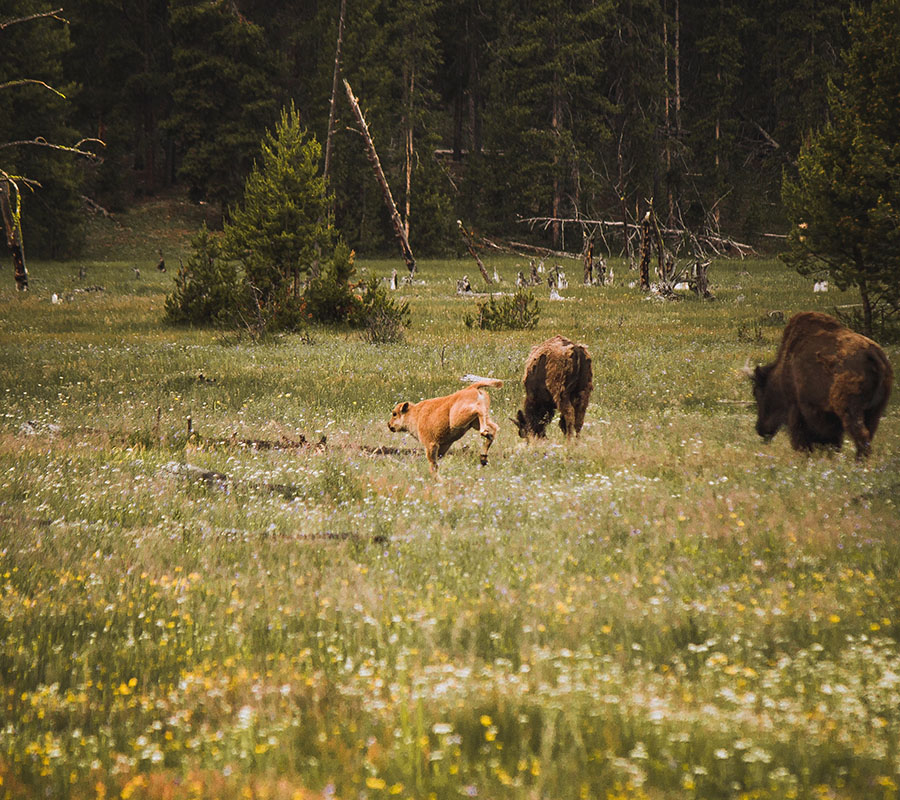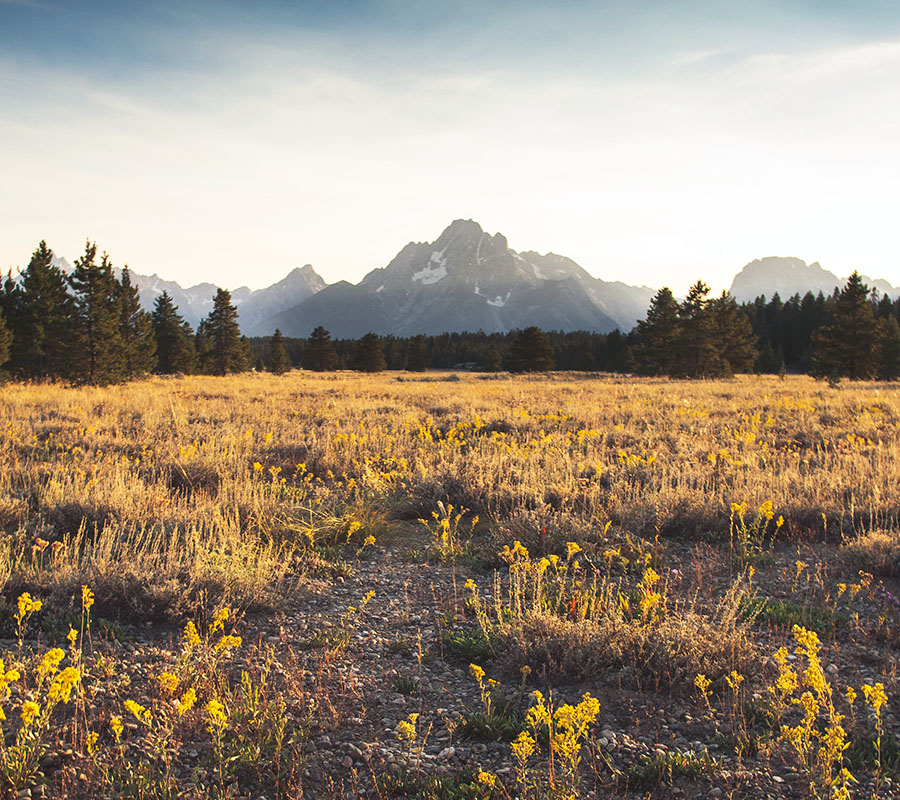
Birds Canada: Grasslands Conservation Incentive Guide
Programs to help prairie producers and landowners access financial incentives to preserve, enhance, or restore grasslands and other important prairie habitats.

Hundreds of plant species and more than 60 species at risk depend on Canada’s grasslands. These landscapes store an estimated two to three billion tons of carbon in their root systems and soil, making up some of the highest carbon stocks in the world.
Only about 25% of native grasslands remain.
Over the past two and a half decades, Canada has lost 25 million acres of grasslands. Since 1970, grassland bird populations have fallen by 57%, and populations of species dependent on native grasslands have fallen 87%.
Grasslands have been home to Indigenous nations for thousands of years, who long hold a deep and symbiotic relationship with land and species, including millions of bison roaming the area. Reconciliation with Indigenous people, and Indigenous leadership is critical to protecting and restoring native grasslands. This is already evidenced by initiatives such as the reintroduction of bison and other threatened species.

Protecting these areas ensures that the carbon stays in the ground and provides much-needed habitat.
Managing our remaining grasslands to promote health and enhancements is critical.
It is possible to restore degraded grasslands with significant benefits for climate and biodiversity.
Only 1% of the remaining grasslands in Alberta and Saskatchewan are protected.
Protecting and restoring remaining grasslands is critical to keeping greenhouse gases in the ground, providing habitat for declining grassland species, while recognizing Indigenous title and rights. These measures include:


Only 1% of the remaining grasslands in Alberta and Saskatchewan are protected.
Protecting and restoring remaining grasslands is critical to keeping greenhouse gases in the ground, providing habitat for declining grassland species, while recognizing Indigenous title and rights. These measures include:

Much of this land is privately owned by farmers and ranchers. There are ways in which these areas can be managed to ensure the health of native grasslands and the enhancement of ecological services they provide. These include:

Although degraded native grasslands are very difficult to restore to their original state, it is possible to restore significant benefits for climate and biodiversity. A key point to emphasize in grassland restoration is to ensure native grassland species are chosen.
Although degraded native grasslands are very difficult to restore to their original state, it is possible to restore significant benefits for climate and biodiversity. A key point to emphasize in grassland restoration is to ensure native grassland species are chosen.

Examples
Check out these examples of ways that nature-based climate solutions are being used in Canada’s grasslands. They might help you to think of projects for your community!
Here are organizations that you can contact to learn more about nature-based climate solutions in grasslands.
Canada’s wilderness is the world’s envy. It’s our duty to keep our true north strong and green.
Donate